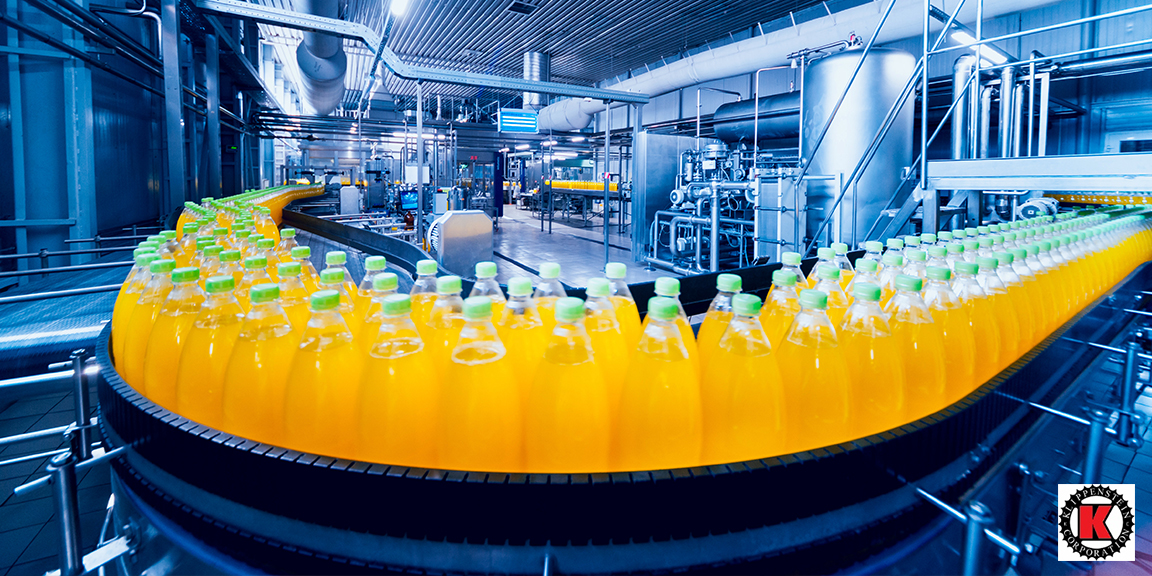Long gone are the days that each product is packaged one at a time, from crate, to bag or box, and then placed in a shipping container for delivery to market. Today, everything, even for small businesses, moves on a conveyor belt of some sort. And some companies, like Amazon, are practically taking the assembly belt to new dimensions, literally. The implementation of automation is key to high product volume movement in a timely manner. However, what allows further evolution of product movement is automated packaging. Incorporating this tool allows a company not just to prepare a significant quantity per order, it also provides multiple other benefits as well.
1. Product Consistency
With an automated approach and custom packaging equipment, product contents are standard, consistent and the same from package to package. This applies to both the count included in the packaging as well as the proper fit and sizing. If the product items are not consistent, it impacts perceptions of quality. Automation solves this by ensuring that the content going into the package is the same from unit to unit, and it removes the outliers that aren’t caught elsewhere in quality control.
2. Packaging Safety
The process of packaging can be a very volatile operation, and it can include a lot of activities that can be considered risky to be exposed to. Everything from adhesive to binding to the edges of cardboard or plastic moving quickly all represent potential risks for workers, in particular hands and body parts near the assembly. Automated packaging removes the worker from the packaging process entirely. Instead, workers focus on loading and placement, as well as re-stocking the machine, but the hard work, including the risky handling, is handled by the machine. That significantly reduces the risk to worker safety and increases efficiency with fewer work stoppages and hazmat cleanups.
Automated packaging also goes a long way in reducing contamination of food product as well. Generally, products have to be wrapped in a primary packaging and then there is the external secondary layer. The more hands involved in moving the food from cooking container to packaging, the more likely contamination can occur. As everyone in the food business knows, food contamination is a bad thing. However, the perception effect is far worse than the actual exposure. If a food product is considered bad by consumers, the entire inventory of a batch run can be wiped out and lost. Automation cuts down contamination significantly by literally wiping out the number of times the product is handled by hand.
3. Efficiency in Production Output
Time is the number one challenge of a production run, particularly one that needs to hit a tentative deadline without any wiggle room or squish. Automated packaging actually provides far more latitude for a producer to meet deadlines, cutting down the time it takes to do packaging significantly. That means the producer can either meet deadlines faster or it can use the time saved as a buffer to avoid loss and waste. The option either way is powerful and a gamechanger for a food and product producer who relies on packaging and normally deals with a bottleneck getting to the retail floor quickly.
4. Increased Accuracy & 5. Lower Labor Costs
The simple fact is, when humans are involved, any operation has to account for errors and some waste. No matter how experienced, somewhere along the line something goes wrong and the product gets damaged or is unable to proceed forward. With automated packaging, the accuracy of input to output increases dramatically. Error rates and mistakes go down significantly because the automation increases output and reduces the number of times something goes wrong. Both contribute to a higher output success rate and lower waste or loss. Additionally, without so many workers having to manually handle packaging, the related labor costs are removed, and the resources can be redirected where they have better use. Both benefits are possible and realistic with packaging automation. Given all the above, the real question would be why a food producer would not consider using packaging automation today. There simply is too much to gain in terms of exponential operational advantages to ignore the tools now. Food producers and packers can easily gain better command of their overall delivery chain from production to retail shelf with automation, building in greater buffers, hitting deadlines faster, and bringing food to consumers in far fresher condition than if packed by hand. Klippenstein Corporation can help in deciding which type of technology works best for a given operation, having spent a significant amount of time and depth in multiple food and product industries. That kind of knowledge and expertise can be programmed from a software script. When it’s time to automate packaging, it’s also time to bring Klippenstein on board to do it right the first time with the best results. Contact us today to learn more!
